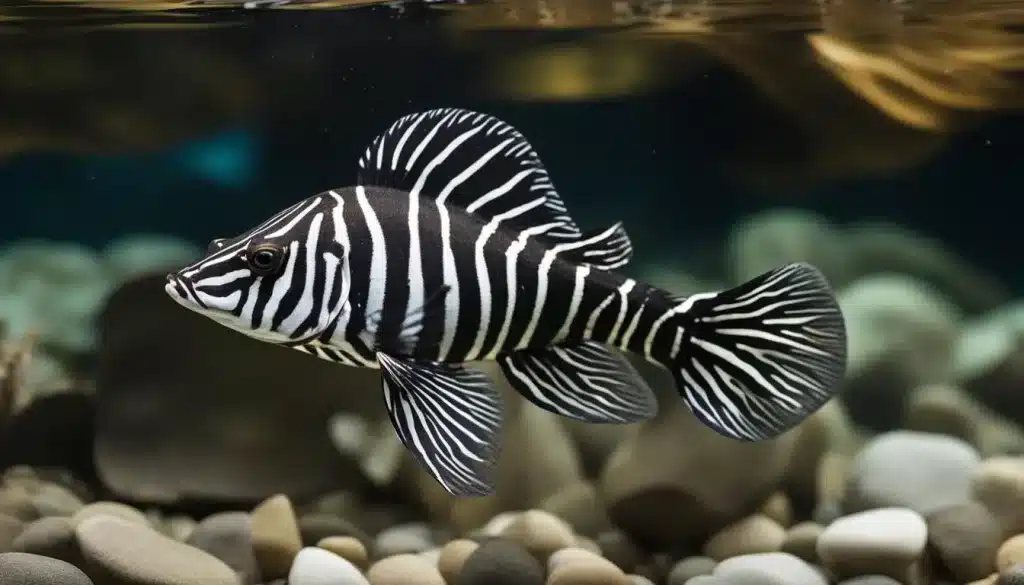Prepare to be amazed by 26 incredible animals, starting with the letter Z! From the striped zebrafish to the mysterious zorilla.
This list will introduce you to some of the most captivating creatures in the animal kingdom.
We’ve carefully curated this list to showcase the diversity and wonder of animals that often go unnoticed.
Each entry is accompanied by fascinating facts and stunning photos that will leave you in awe of these zoological marvels.
So, let’s dive in and discover the world of animals that begin with Z, from the familiar zebra to the lesser-known zebu.
Get ready to expand your knowledge and appreciation for these remarkable creatures!
26 Animals Starting with the Letter “Z”
1. Zebra
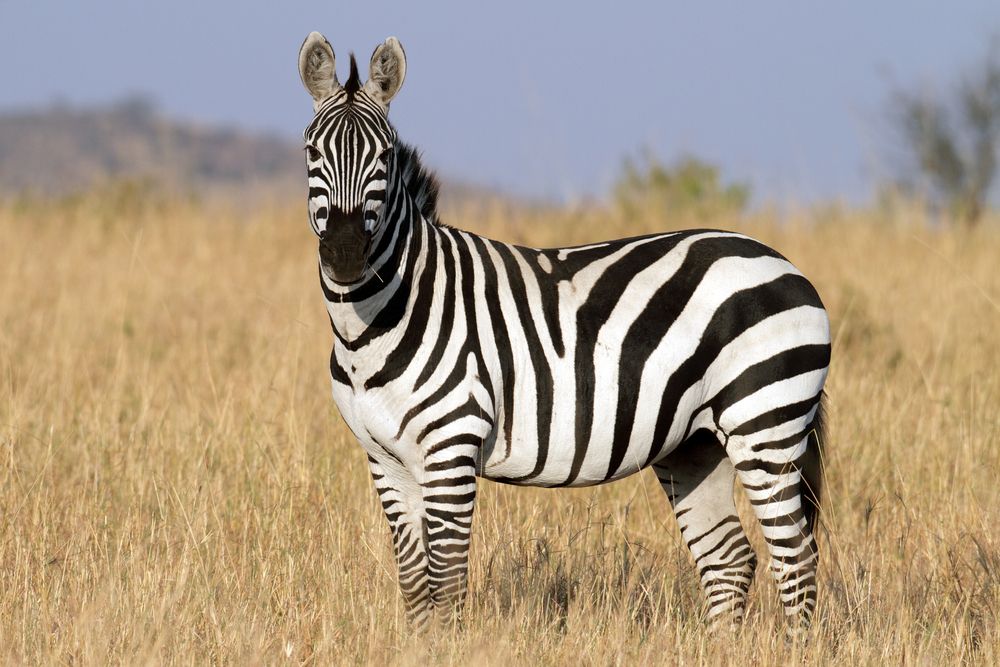
- Scientific Name: Equus zebra, Equus quagga, Equus grevyi
- Place of Origin: Africa
- Region: Found across sub-Saharan Africa
Fun Facts:
Zebras are not just black and white but black with white stripes.
Each zebra has a unique pattern of stripes, much like human fingerprints.
These stripes are not just for show; they help zebras camouflage in grass and may also help regulate body temperature.
2. Zebu
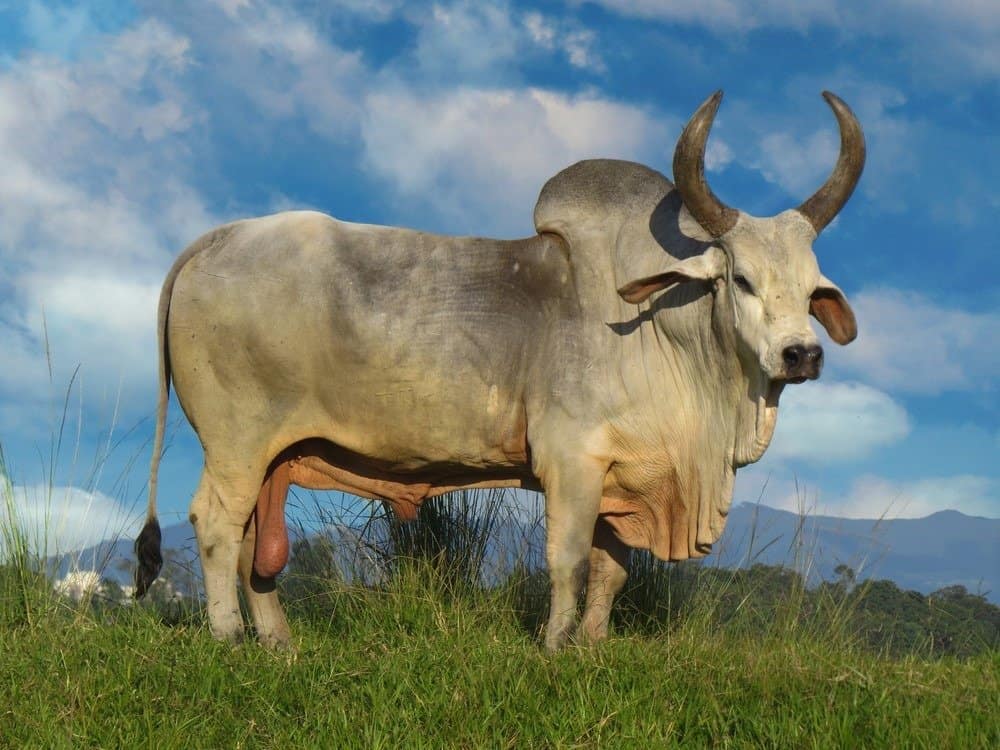
- Scientific Name: Bos taurus indicus
- Place of Origin: South Asia
- Region: Widely distributed across the Indian subcontinent and parts of Southeast Asia
Fun Facts:
Zebu cattle are known for their distinctive hump on their shoulders, which is a large deposit of fat that helps them survive in harsh conditions.
They are also remarkably tolerant to heat and resistant to many diseases that affect other cattle breeds.
3. Zebra Shark
- Scientific Name: Stegostoma fasciatum
- Place of Origin: Tropical waters of the Indo-Pacific
- Region: Found from South Africa to the Red Sea and eastward to the Philippines and Australia
Fun Facts:
Young zebra sharks have striking black and white stripes, giving them their name.
However, as they mature, these stripes fade into spots, making adult zebra sharks look quite different from their younger selves.
4. Zebra Finch
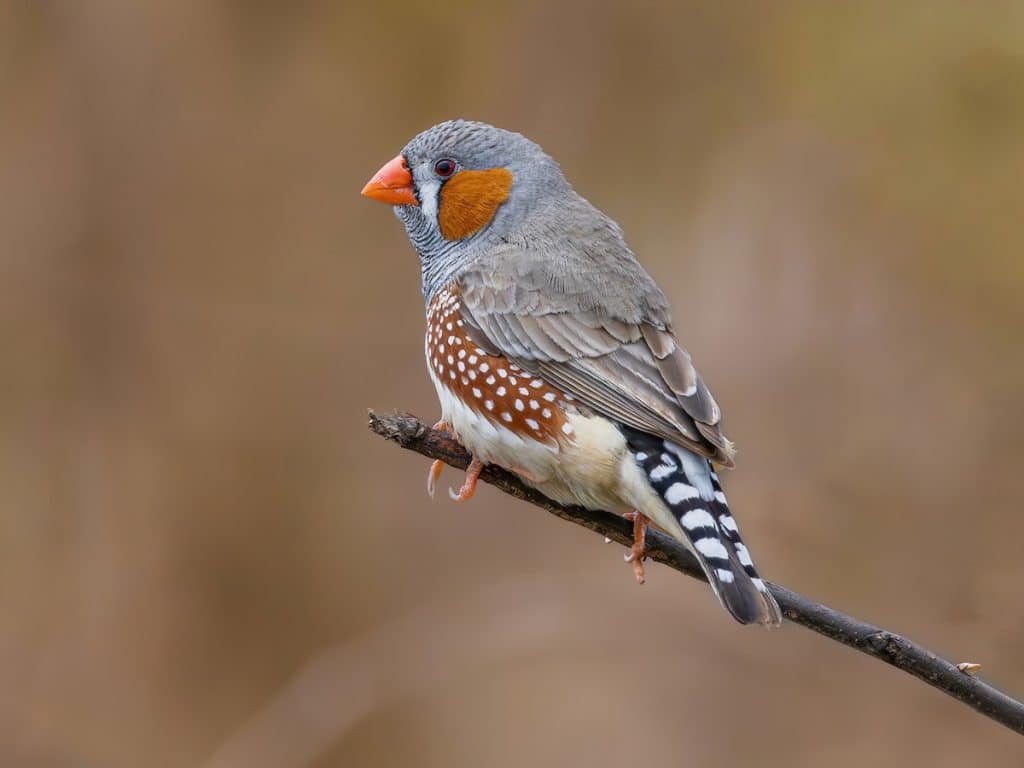
- Scientific Name: Taeniopygia guttata
- Place of Origin: Australia
- Region: Found across most of the Australian mainland
Fun Facts:
Male zebra finches are true romantics.
They sing to their mates and perform a special courtship dance, where they hop and twirl around with a piece of nesting material in their beak.
Pairs often stay together for life.
5. Zonkey
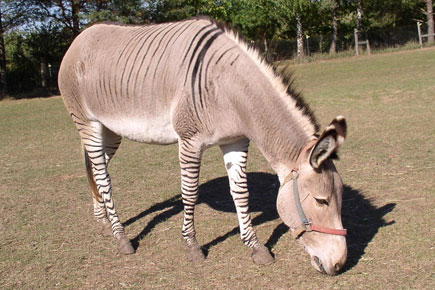
- Scientific Name: Equus zebra x Equus asinus
- Place of Origin: Tijuana, Mexico
- Region: Can occur wherever zebras and donkeys coexist, but most commonly bred in zoos
Fun Facts:
Zonkeys inherit traits from both parents as a hybrid of two different species.
They have zebra stripes, usually on their legs and belly, while their body shape and size more closely resemble those of a donkey.
6. Zebra Duiker

- Scientific Name: Cephalophus zebra
- Place of Origin: West Africa
- Region: Limited to a small area of the Upper Guinean forests in Liberia, Ivory Coast, and occasionally in Sierra Leone and Guinea
Fun Facts:
The zebra duiker is a master of camouflage.
Its reddish-brown coat is marked with distinctive vertical stripes, which help it blend perfectly into the shadowy undergrowth of its forest habitat.
7. Zebra Mussels
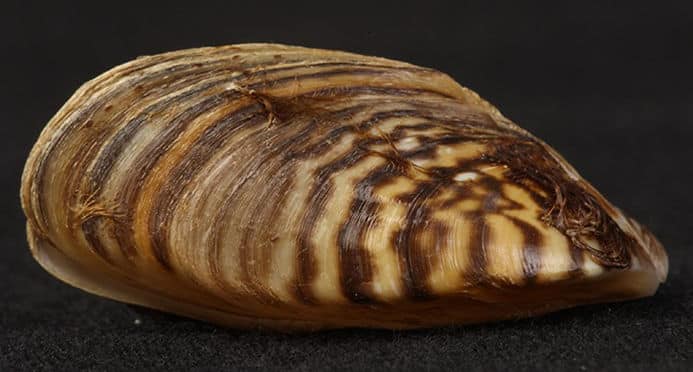
- Scientific Name: Dreissena polymorpha
- Place of Origin: Eurasia
- Region: Native to freshwater lakes of southern Russia and Ukraine, but have spread to many other areas
Fun Facts:
Zebra mussels are notorious for their ability to colonize new environments rapidly.
A single female can produce up to one million eggs annually, allowing them to quickly dominate ecosystems and cause significant ecological and economic damage.
8. Zorse

- Scientific Name: Equus zebra x Equus caballus
- Place of Origin: Hybrid of zebra and horse
- Region: Usually bred in captivity, but can theoretically occur wherever zebras and horses coexist
Fun Facts:
Zorses are striking animals, combining a zebra’s stripes with a horse’s size and strength.
They are often described as having the best traits of both parents—the hardiness and disease resistance of zebras and the trainability and temperament of horses.
9. Zebra Pleco
- Scientific Name: Hypancistrus zebra
- Place of Origin: Brazil
- Region: Endemic to the Xingu River basin in the Amazon
Fun Facts:
The zebra pleco is a highly sought-after aquarium fish due to its striking black-and-white striped pattern.
Unfortunately, overharvesting wild populations has contributed to its status as a critically endangered species.
10. Zebra Seahorse
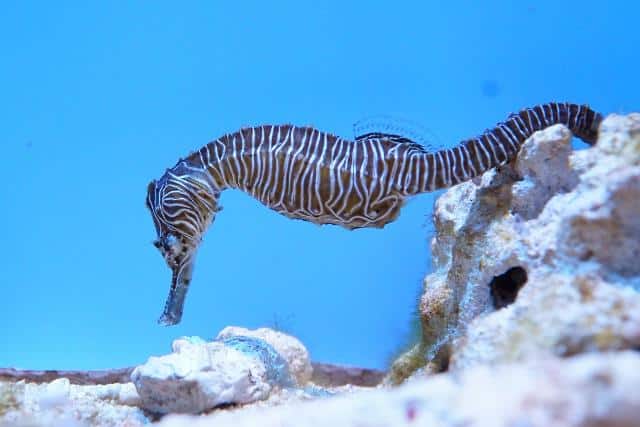
- Scientific Name: Hippocampus zebra
- Place of Origin: Australia
- Region: Found in the coastal waters of Northern Australia
Fun Facts:
Like all seahorses, zebra seahorse males play a unique role in reproduction.
After an elaborate courtship dance, the female deposits her eggs into the male’s brood pouch, where he fertilizes and incubates them until they hatch.
11. Zenaida Dove
- Scientific Name: Zenaida aurita
- Place of Origin: Caribbean
- Region: Found across the Caribbean islands and parts of the Yucatan Peninsula
Fun Facts:
The Zenaida dove is known for its gentle, soothing coo, which has made it a beloved symbol of peace and tranquility in many Caribbean cultures.
It is the national bird of Anguilla.
12. Zone-Tailed Hawk
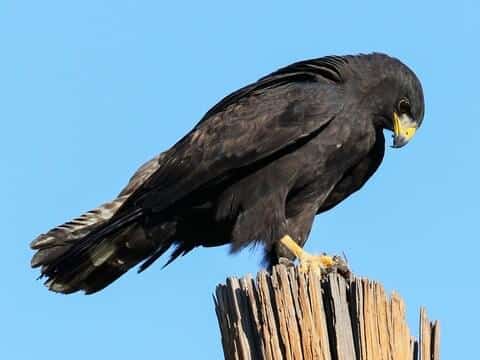
- Scientific Name: Buteo albonotatus
- Place of Origin: The Americas
- Region: Found from the southwestern United States to northern Argentina
Fun Facts:
The zone-tailed hawk has a sneaky hunting strategy.
It mimics a harmless turkey vulture’s flight pattern and silhouette, allowing it to approach unsuspecting prey before striking with its powerful talons.
13. Zigzag Salamander
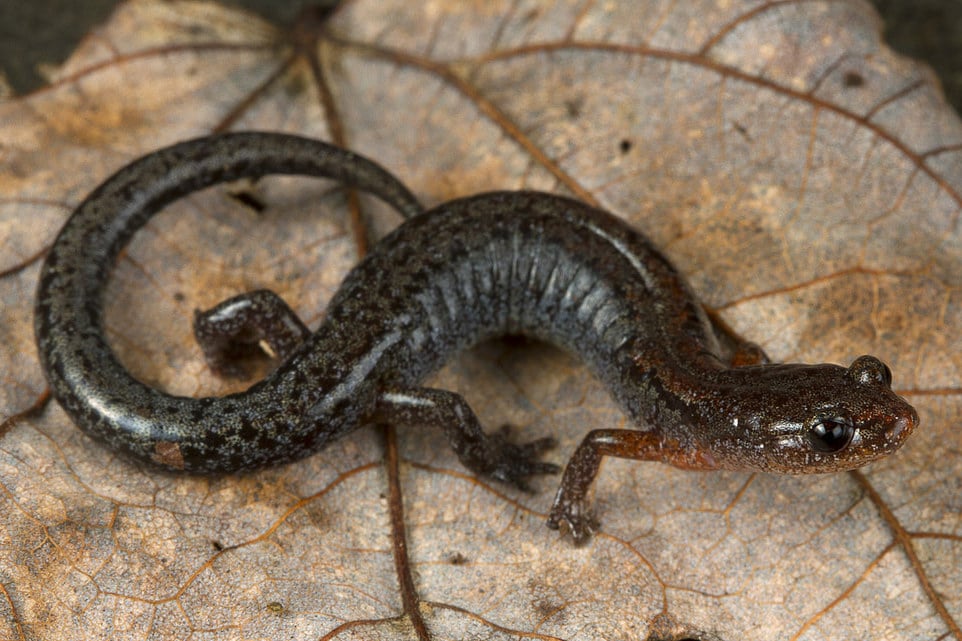
- Scientific Name: Plethodon dorsalis
- Place of Origin: United States
- Region: Found in the eastern United States, particularly in the Appalachian Mountains and surrounding areas
Fun Facts:
The zigzag salamander gets its name from the distinctive, irregular zigzag pattern that runs down its back.
This pattern helps it blend into the leaf litter of its forest habitat, making it difficult for predators to spot.
14. Zigzag Eel
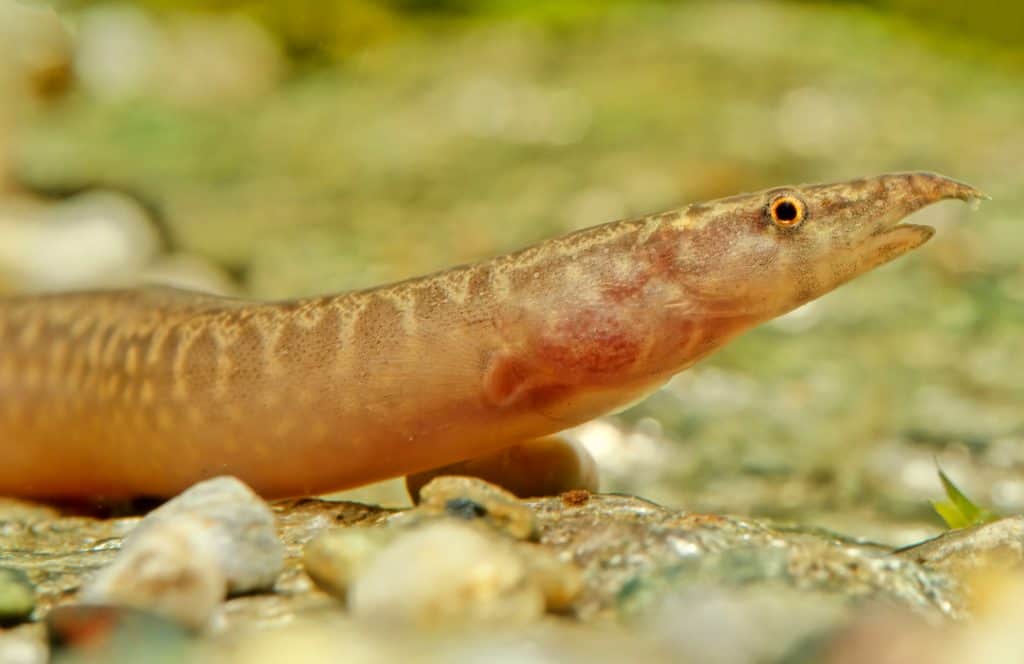
- Scientific Name: Mastacembelus armatus
- Place of Origin: Southeast Asia
- Region: Found in freshwater habitats across much of Southeast Asia, including Thailand, Vietnam, and Indonesia
Fun Facts:
Despite their name and appearance, zigzag eels are not true eels.
They are members of the spiny eel family, Mastacembelidae.
These fish are known for their elongated, snake-like bodies and distinctive zigzag patterns.
15. Zebrafish
- Scientific Name: Danio rerio
- Place of Origin: South Asia
- Region: Native to the slow-moving streams and rice paddies of the Ganges and Brahmaputra River basins in India, Bangladesh, and Nepal
Fun Facts:
Zebrafish are a popular model organism in scientific research due to their rapid development, transparent embryos, and remarkable ability to regenerate damaged tissues, including the brain, heart, and fins.
16. Zorro Chilote
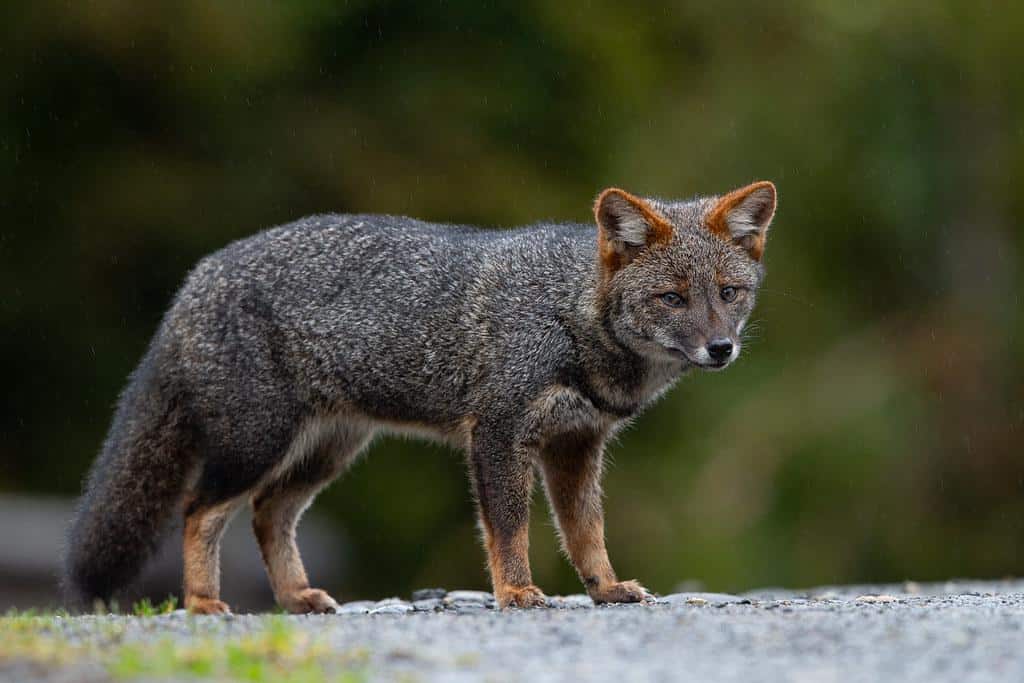
- Scientific Name: Lycalopex fulvipes
- Place of Origin: Chile
- Region: Endemic to the temperate rainforests of southern Chile, particularly on the island of Chiloé
Fun Facts:
Also known as Darwin’s Fox, the Zorro Chilote is a small, critically endangered canid named after Charles Darwin.
He first collected a specimen during his voyage on the HMS Beagle in 1834.
17. Zebra Moray Eel

- Scientific Name: Gymnomuraena zebra
- Place of Origin: Indo-Pacific
- Region: Widely distributed across the tropical and subtropical waters of the Indian and Pacific Oceans, from East Africa to the Hawaiian Islands
Fun Facts:
Despite their fierce appearance, zebra moray eels are quite shy and non-aggressive.
They use their powerful jaws to crush and eat hard-shelled invertebrates like crabs and mollusks.
18. Zebra Longwing Butterfly
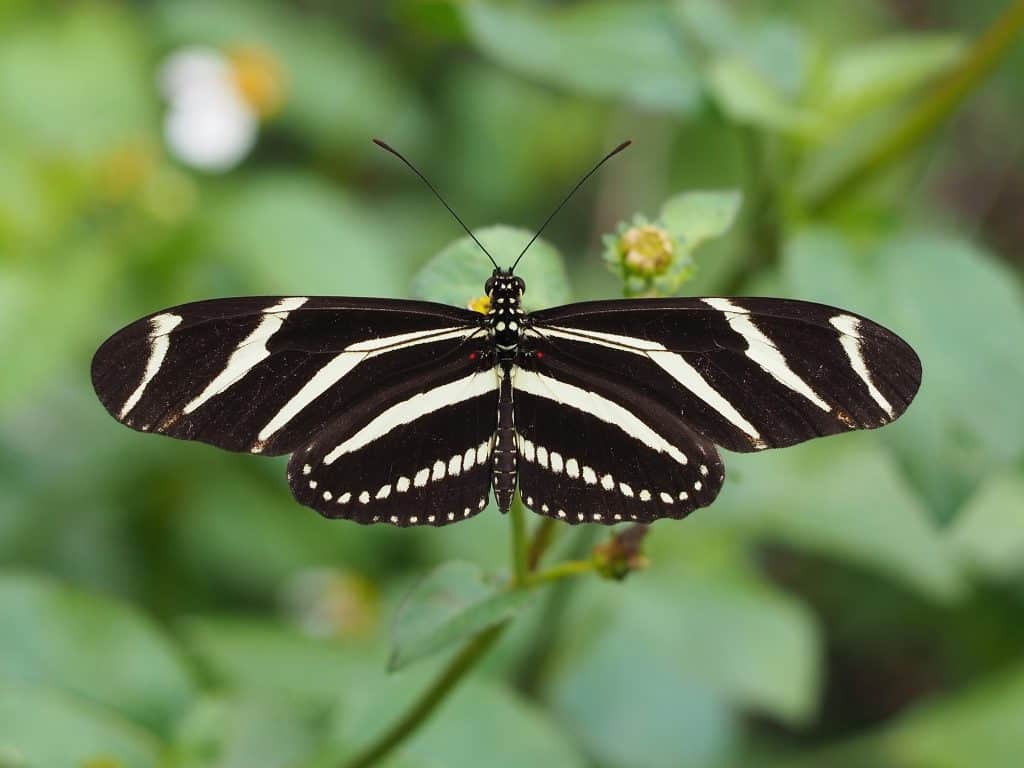
- Scientific Name: Heliconius charithonia
- Place of Origin: Americas
- Region: Found from the southern United States through Central America and into northern South America
Fun Facts:
The zebra longwing is the official state butterfly of Florida.
It is known for its slow, graceful flight and ability to produce a foul-tasting chemical that deters predators.
19. Zambezi Shark
- Scientific Name: Carcharhinus leucas
- Place of Origin: Warm waters around the world
- Region: Found in coastal waters and rivers throughout the tropics and subtropics, including the Zambezi River in Africa
Fun Facts:
Also known as the Bull Shark, the Zambezi Shark is one of the few shark species that can tolerate freshwater.
It has been known to swim hundreds of miles upriver and has even been found in the Mississippi River.
20. Zorro Colorado
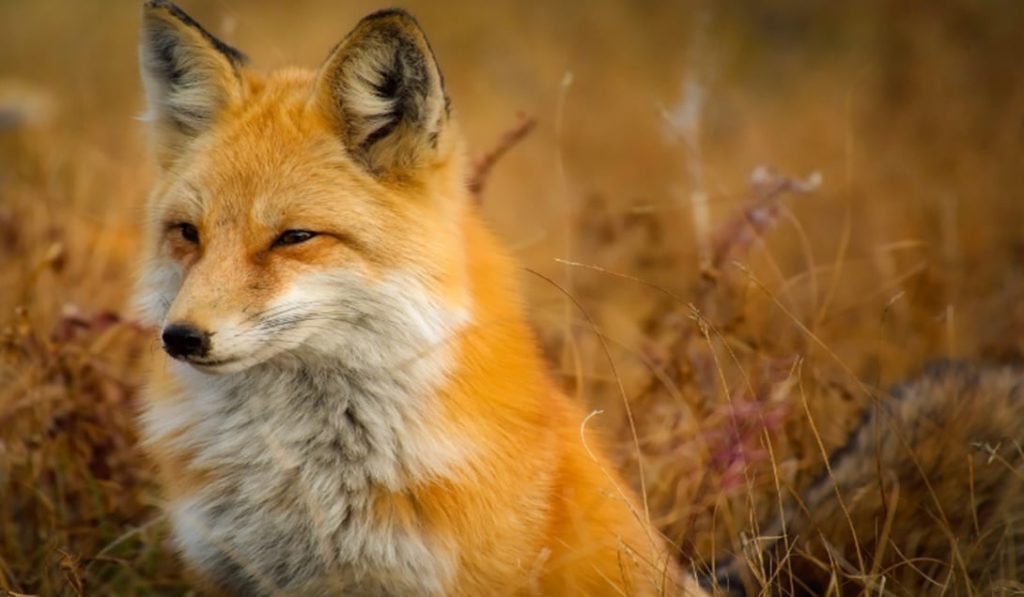
- Scientific Name: Lycalopex culpaeus
- Place of Origin: South America
- Region: Widely distributed across the Andes Mountains and Patagonian steppes of western South America, from Colombia to Tierra del Fuego
Fun Facts:
The Zorro Colorado, also known as the Culpeo, is the second-largest native canid in South America after the Maned Wolf.
It is an opportunistic hunter and scavenger with a varied diet that includes rodents, rabbits, birds, and even fruits and insects.
21. Zanzibar Red Bishop

- Scientific Name: Euplectes nigroventris
- Place of Origin: Tanzania
- Region: Endemic to the Zanzibar archipelago off the coast of Tanzania
Fun Facts:
Male Zanzibar Red Bishops undergo a dramatic transformation during the breeding season.
They molt into brilliant red and black plumage and perform elaborate courtship displays to attract females.
22. Zanzibar Sun Squirrel
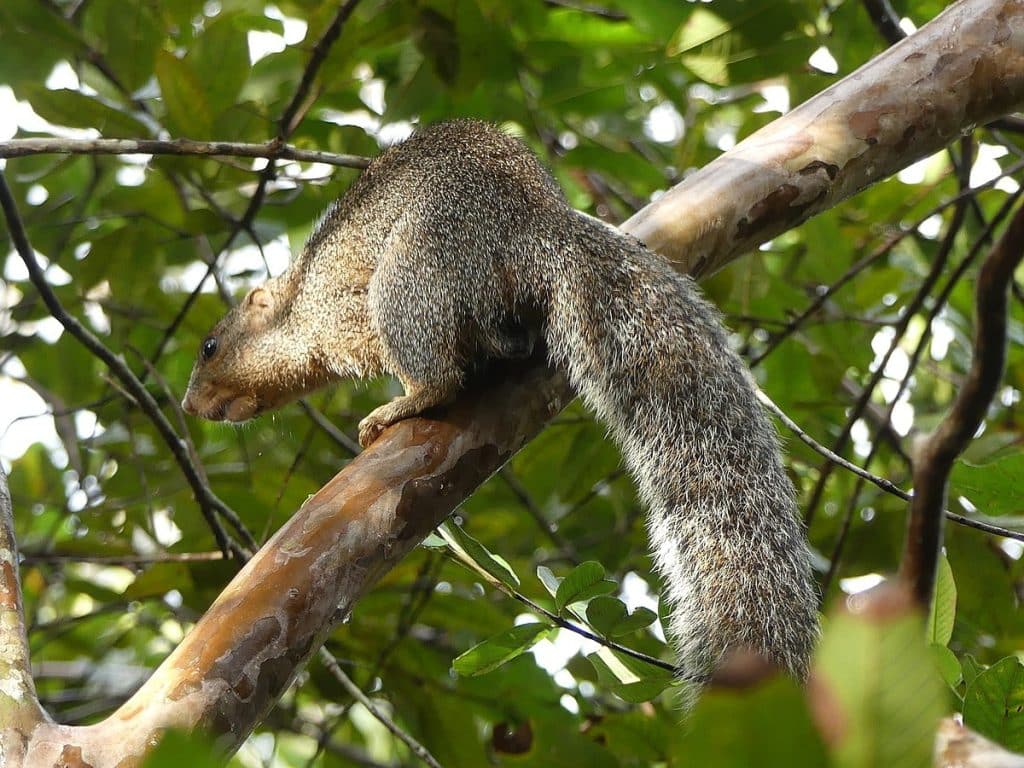
- Scientific Name: Heliosciurus undulatus
- Place of Origin: East Africa
- Region: Found in the coastal forests of Kenya and Tanzania, including the islands of Zanzibar and Pemba
Fun Facts:
Zanzibar Sun Squirrels are diurnal, meaning they are active during the day.
They are adept climbers and spend much time foraging in the forest canopy for fruits, nuts, and seeds.
23. Zokor

- Scientific Name: Myospalax aspalax
- Place of Origin: Asia
- Region: Widely distributed across the grasslands and steppes of central and eastern Asia, from southern Russia to northern China and Mongolia
Fun Facts:
Zokors are fossorial rodents, meaning they spend most of their lives underground.
They use their powerful claws to dig extensive burrow systems, which can span hundreds of feet and include multiple chambers for nesting, food storage, and waste disposal.
24. Zanzibar Day Gecko
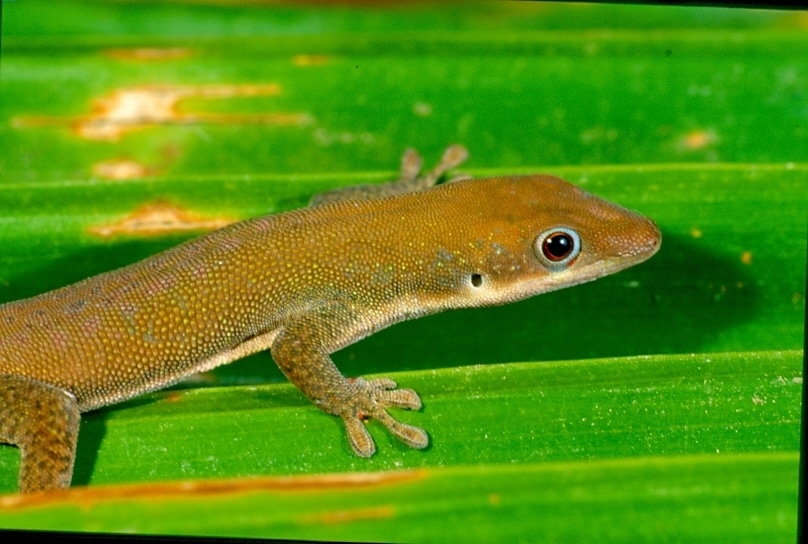
- Scientific Name: Phelsuma dubia
- Place of Origin: East Africa
- Region: Native to the islands of Zanzibar and Pemba, as well as the coastal areas of Kenya and Tanzania
Fun Facts:
Zanzibar Day Geckos are known for their vibrant green coloration, which helps them blend in with the leaves and stems of their forest habitat.
They are also vocal lizards, using a variety of chirps and clicks to communicate with each other.
25. Zorro Cangrejero
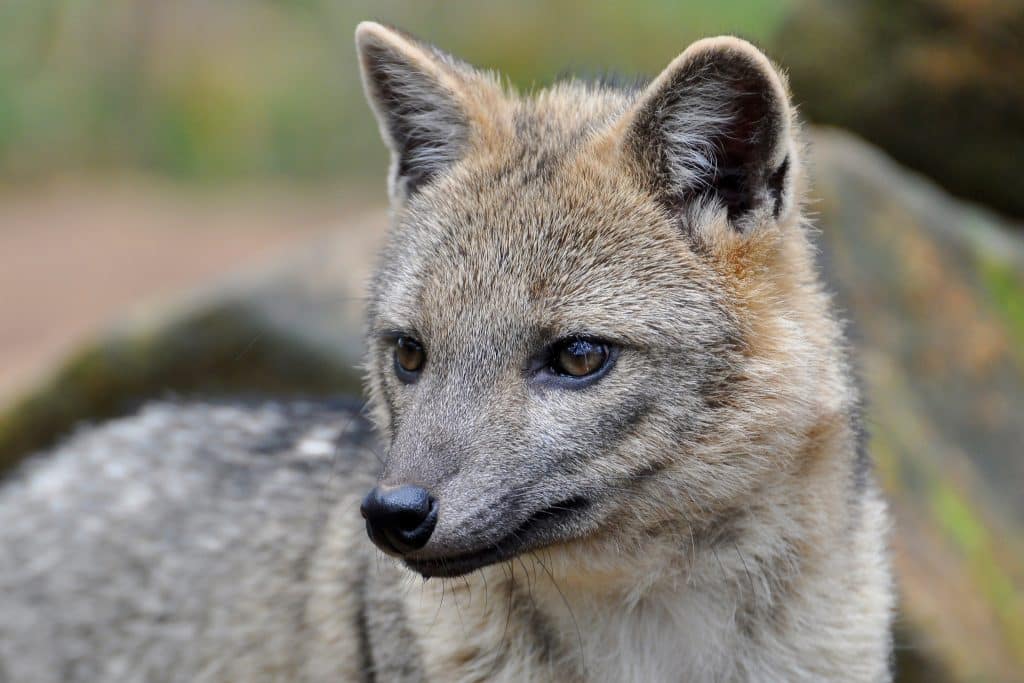
- Scientific Name: Cerdocyon thous
- Place of Origin: South America
- Region: Widely distributed across much of South America east of the Andes, from Colombia and Venezuela to northern Argentina and Uruguay
Fun Facts:
Despite its name, which means “Crab-Eating Fox” in Spanish, the Zorro Cangrejero’s diet is not limited to crabs.
These adaptable canids are omnivores, feeding on a wide variety of small mammals, birds, reptiles, insects, and fruits.
26. Zyzomys
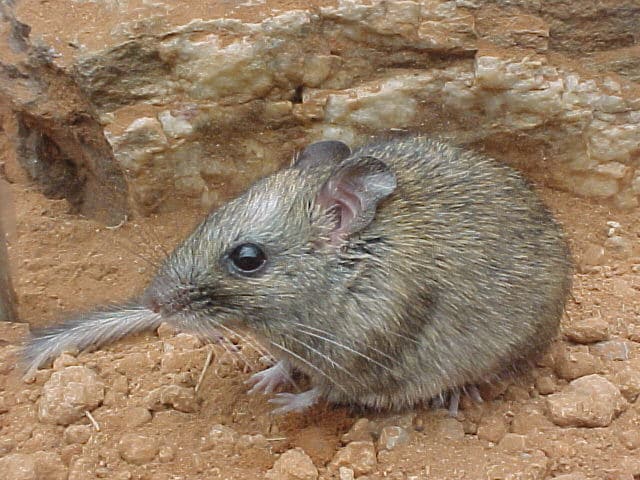
- Scientific Name: Zyzomys argurus
- Place of Origin: Australia
- Region: Endemic to the rocky outcrops and escarpments of northern Australia, from the Kimberley region of Western Australia to the Top End of the Northern Territory
Fun Facts:
Zyzomys, or Rock Rats, are small, nocturnal rodents specially adapted to live in Australia’s arid and semi-arid regions.
Their long, brush-tipped tails help them balance as they navigate their rocky habitat, searching for seeds, fruits, and vegetation.
Conclusion
The world of animals that starts with the letter Z is filled with fascinating creatures, each with unique characteristics and adaptations.
From the iconic zebra to the critically endangered zebra pleco, these animals showcase the incredible diversity of life on Earth.
Learning about these lesser-known species can help us gain a greater appreciation for the complexity and beauty of the natural world.
So, the next time you wonder about animals that begin with a particular letter, take a moment to explore the wealth of information available.
You might discover a new favorite creature or gain a deeper understanding of the intricate web of life that connects us all.
Which of these remarkable “Z” animals captivated you the most? Share your thoughts and experiences in the comments below!


